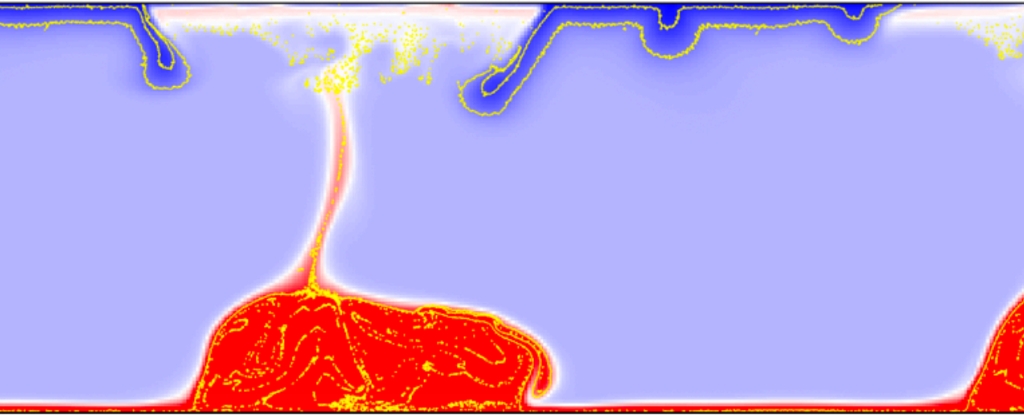Chemosensors, Vol. 11, Pages 89: Detection of Low-Level Adulteration of Hungarian Honey Using near Infrared Spectroscopy
Chemosensors doi: 10.3390/chemosensors11020089
Authors: Zsanett Bodor Mariem Majadi Csilla Benedek John-Lewis Zinia Zaukuu Márta Veresné Bálint Éva Csajbókné Csobod Zoltan Kovacs
Honey adulteration is a worldwide problem; however, its detection is a challenge for researchers and authorities. There are numerous ways of honey counterfeiting; amongst them, direct adulteration is one of the most common methods. Correlative techniques, such as near-infrared spectroscopy (NIRS), are useful tools in the detection of honey adulteration; however, this method has not been applied to Hungarian honeys. The aim of this research was to investigate the performance of NIRS for the detection of sugar syrup addition to Hungarian honeys at lower concentration levels (<10% w/w). Acacia, rape, forest, sunflower, and linden honeys were mixed with high-fructose-content sugar syrup, rice syrup, or self-made glucose fructose syrup in 3%, 5%, and 10% w/w. NIRS analysis was performed in the spectral range of 950–1650 nm. Principal component analysis was coupled with linear discriminant analysis and partial least square regression models were built for the classification and prediction of adulteration levels, respectively. Our results showed that the performance of NIRS highly depends on both type of syrup and honey. PCA-LDA models provided the 100% correct classification of control in the case of all the models, while PLSR results could predict the added sugar syrup content in the case of rice and F40 syrup models, obtaining >2.2 RPDCV value.

 1 year ago
26
1 year ago
26


